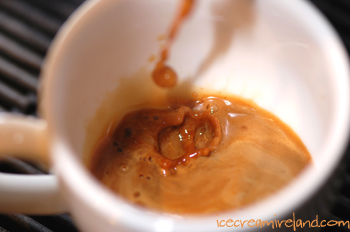 I’m all jittery after a very early start (I’m definitely NOT a morning person), a long day, and an afternoon drinking coffee. We’re opening the shops again tomorrow after a short winter break, and there’s always so much to do. One piece of that was getting our coffee right.
I’m all jittery after a very early start (I’m definitely NOT a morning person), a long day, and an afternoon drinking coffee. We’re opening the shops again tomorrow after a short winter break, and there’s always so much to do. One piece of that was getting our coffee right.
Every time we have our espresso machines serviced, it takes a lot of tinkering and tasting before we’re happy again with the taste. This year, we’re extracting our coffee for longer at a slightly higher pressure, and the result is a little more Italian than what we’ve been serving – a little more flavour and kick, although we’ve worked hard to retain the smoothness.
It’s part of our Continental drift, I suppose. People talk about whether Ireland is more aligned with Boston or Berlin – for us and coffee, it’s more a matter of Seattle vs. Sorrento. Anyone who reads this blog knows we gravitate toward the latter…
Gravity is not something I’m feeling much of, though, at the moment. I probably tasted 30 espressos, and I’m bouncing off the wall. The good news is that I have copy of the Instituto Nazionale Espresso Italiano‘s “Espresso Italiano Specialist” book, and they say that 20% of caffeine is metabolised every hour, so I’m sure I won’t be up all night. I’m bound to fall asleep by 4 or 5 in the morning…
They also make some considerable claims for the health benefits of coffee. I knew about the healthy side of chocolate, but I’m already feeling slightly less jittery in the knowledge that coffee:
- Heightens memory capacity
- Alleviates headaches and migraines
- Heightens conditioned reflexes
- Increases artery tone and improves circulation
- Increases pulminary ventilation
- Helps digestion
… and so on (it’s a long list). They also point out that to reach dangerous levels, one has to drink 100 espressos right after the other. I’m relieved I stopped after 30.
Finally, I’m happy to pass on the fact that we will almost certainly be going organic on the milk for our coffees (thanks to everyone who took part in the poll). We will have to add an average of 10c to pay for the additional cost (on top of a price increase to deal with price increases from our suppliers), but I think our customers will appreciate the added value of organic. We work hard to be the best and organic milk will taste better and feel better. We’ve been using Fairtrade coffee for a while now, so I guess it’s a natural step.
Now I’ll go and try to relax. Maybe I’ll test my conditioned reflexes or test my memory capacity. Mama Mia. How do the Italians do it? Bring on the grappa?
Technorati tags: espresso, fairtrade, cappuccino, coffee, organic, Ireland












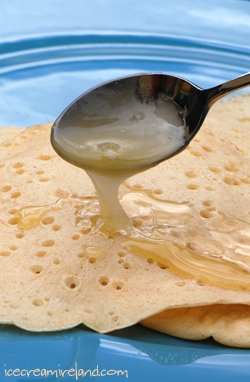 Today is
Today is 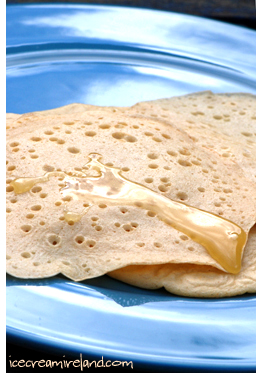 Warm the rest of the water and the milk in a small saucepan to 40 C.
Warm the rest of the water and the milk in a small saucepan to 40 C.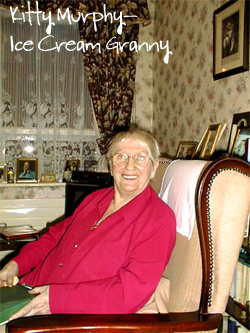
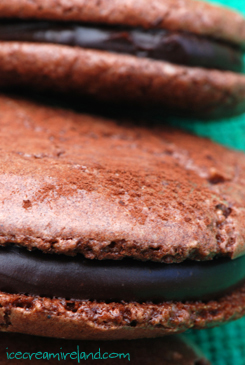 I have given a recipe for
I have given a recipe for 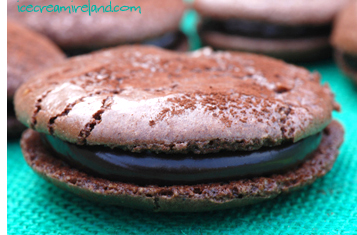 Bake for 8-10 minutes, until the cookies are firm but still pliable.
Bake for 8-10 minutes, until the cookies are firm but still pliable. I’m all jittery after a very early start (I’m definitely NOT a morning person), a long day, and an afternoon drinking coffee. We’re opening
I’m all jittery after a very early start (I’m definitely NOT a morning person), a long day, and an afternoon drinking coffee. We’re opening 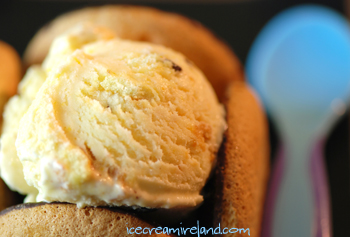 This was one of our very first ice cream formulations and has proven very popular of the the years. In fact, there is a certain little girl whose first word was reportedly “Jaffa” when demanding this flavour from her parents. It’s a crowd-pleaser, with shredded bits of
This was one of our very first ice cream formulations and has proven very popular of the the years. In fact, there is a certain little girl whose first word was reportedly “Jaffa” when demanding this flavour from her parents. It’s a crowd-pleaser, with shredded bits of 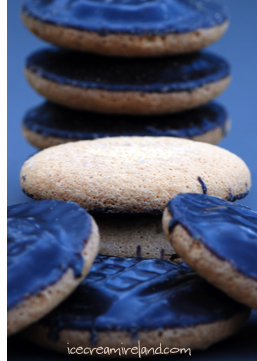 130g sugar
130g sugar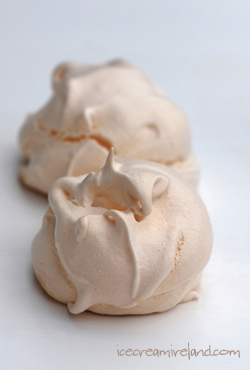 Given that all of the ice cream recipes I have given here call for egg yolks, I wanted to re-visit
Given that all of the ice cream recipes I have given here call for egg yolks, I wanted to re-visit 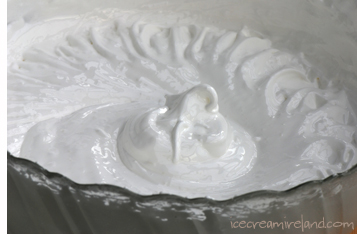 Beat in the sugar in a slow stream, and then add the lemon juice, mixing all the time.
Beat in the sugar in a slow stream, and then add the lemon juice, mixing all the time.